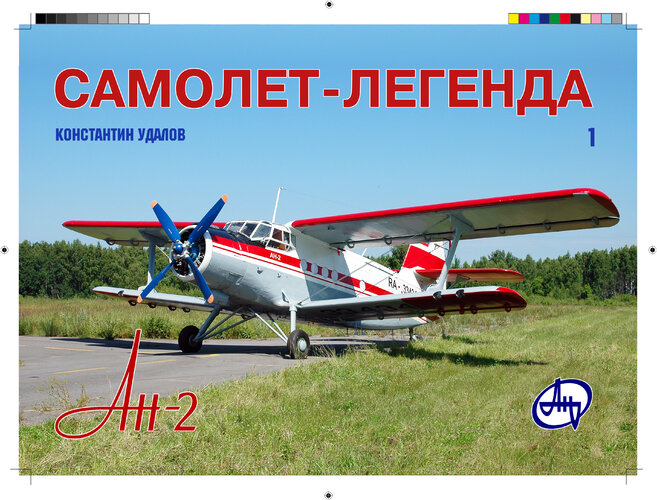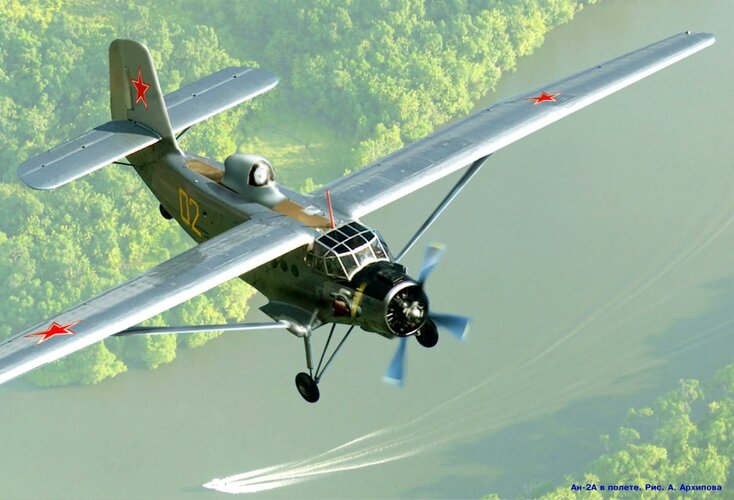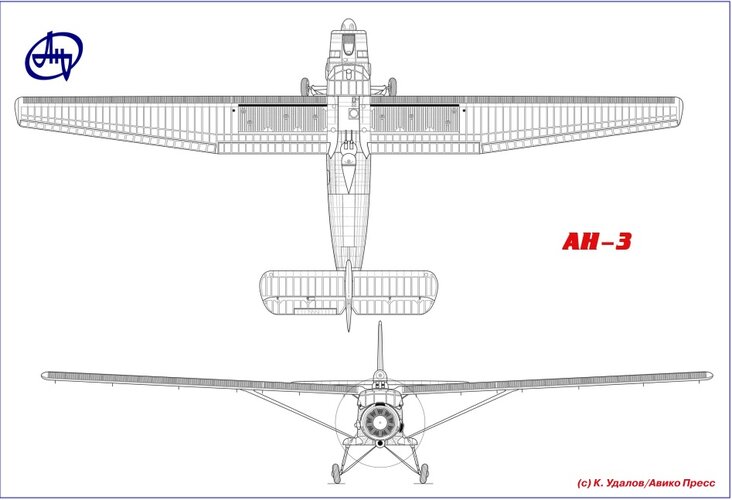athpilot
Fly me to the moon...
- Joined
- 18 November 2012
- Messages
- 406
- Reaction score
- 427
New Book „AEROPLANE LEGEND AN-2“ (Vol. 1) by Konstantin Udalov
[УДАЛОВ, КОНСТАНТИН Г.: САМОЛЕТ ЛЕГЕНДА АН-2; Авико Пресс, Moscow 2023, УДК. 629. 735. 33 (47+57); 228 pp.]
Well known russian aviation historian and author Konstantin Udalov continues the series of "legendary aircrafts" with the truly legendary Antonov An-2. The author states in his foreword: "The idea for the book "Aircraft Legend of the AN2" was nurtured for a very long time, just as the history of the unique AN2 aircraft itself lasts for a long time. Since the distant 1950s up to now the plane has been stirring the minds of designers, specialists and historians, dividing them into two irreconcilable camps." (p. 3)
The first volume includes chapters on the creation of the aircraft, its basic variants, international flights, gatherings of private An-2 owners in Europe, a large section for collectors and a brief technical description; diagrams from original documents and drawings are given for each variant.
The idea to create such machine as AN-2, i.e. multi-purpose plane of short take-off and landing with the carrying capacity of 1000-1500 kg for serving the hard-to-reach areas of the former soviet union and meeting the needs of agriculture was first put forward by 0. K. Antonov as early as October 1940 in Leningrad. There, the design team of plant No 23 under his supervision developed a conceptual design under the name "aircraft No 4". A study of the Fieseler Fi156 "Storch", the experience gained with two aircraft of this type powered by MB6 engines in 1940, and the appearance in 1940-1942 of a number of aircraft with improved take-off and landing characteristics showed that it was entirely possible to build an aircraft with a very short take-off and steep take-off trajectory, even with a good payload of about 1000 kg of payload.
The book offers a lot of in-depth information and first-hand facts. Not much more needs to be said about the famous An-2 as an aircraft. For me the many versions and small series of the An-2 were of particular interest. After the description of the difficulties in starting serial production, the focus is on the variants the An2-NAK (pp.62-70), An-2A (An-3) (pp. 70-75), An-2 on a multi-wheeled chassis (pp. 76-81), An-2W (An-4) (pp. 82-101), An-2P (pp. 102-107), An-2LP (pp. 108-115); An-23A (An-6) (116-133), An-2M (134-147), the An-2 as a flying laboratory called LALA-1 (pp. 148-155), An-2-100 (pp. 156-161) and finally the An-3T (pp. 162-169). One (of so many) interesting things on the An-2W - the hydroplane version - was, that its floats were inspired as well by the german Heinkel He-59 as by the american Catalyna (p. 81). The last chapters are devoted to the international users of the An-2, record flights and the famous "skyballett" and its artists. I hghly recommend this book to all who are interested in soviet/russian aviation. The book is well and deep written, with hundreds of photographs, drawings and 3d-art by A. Arkhipov. I´m looking forward to the next volume.
[УДАЛОВ, КОНСТАНТИН Г.: САМОЛЕТ ЛЕГЕНДА АН-2; Авико Пресс, Moscow 2023, УДК. 629. 735. 33 (47+57); 228 pp.]
Well known russian aviation historian and author Konstantin Udalov continues the series of "legendary aircrafts" with the truly legendary Antonov An-2. The author states in his foreword: "The idea for the book "Aircraft Legend of the AN2" was nurtured for a very long time, just as the history of the unique AN2 aircraft itself lasts for a long time. Since the distant 1950s up to now the plane has been stirring the minds of designers, specialists and historians, dividing them into two irreconcilable camps." (p. 3)
The first volume includes chapters on the creation of the aircraft, its basic variants, international flights, gatherings of private An-2 owners in Europe, a large section for collectors and a brief technical description; diagrams from original documents and drawings are given for each variant.
The idea to create such machine as AN-2, i.e. multi-purpose plane of short take-off and landing with the carrying capacity of 1000-1500 kg for serving the hard-to-reach areas of the former soviet union and meeting the needs of agriculture was first put forward by 0. K. Antonov as early as October 1940 in Leningrad. There, the design team of plant No 23 under his supervision developed a conceptual design under the name "aircraft No 4". A study of the Fieseler Fi156 "Storch", the experience gained with two aircraft of this type powered by MB6 engines in 1940, and the appearance in 1940-1942 of a number of aircraft with improved take-off and landing characteristics showed that it was entirely possible to build an aircraft with a very short take-off and steep take-off trajectory, even with a good payload of about 1000 kg of payload.
The book offers a lot of in-depth information and first-hand facts. Not much more needs to be said about the famous An-2 as an aircraft. For me the many versions and small series of the An-2 were of particular interest. After the description of the difficulties in starting serial production, the focus is on the variants the An2-NAK (pp.62-70), An-2A (An-3) (pp. 70-75), An-2 on a multi-wheeled chassis (pp. 76-81), An-2W (An-4) (pp. 82-101), An-2P (pp. 102-107), An-2LP (pp. 108-115); An-23A (An-6) (116-133), An-2M (134-147), the An-2 as a flying laboratory called LALA-1 (pp. 148-155), An-2-100 (pp. 156-161) and finally the An-3T (pp. 162-169). One (of so many) interesting things on the An-2W - the hydroplane version - was, that its floats were inspired as well by the german Heinkel He-59 as by the american Catalyna (p. 81). The last chapters are devoted to the international users of the An-2, record flights and the famous "skyballett" and its artists. I hghly recommend this book to all who are interested in soviet/russian aviation. The book is well and deep written, with hundreds of photographs, drawings and 3d-art by A. Arkhipov. I´m looking forward to the next volume.




